Wait for 48 hours after dosing if the treated water feeds into your washing machine. Test the first wash on 1 or 2 old coloured clothes to make sure they don’t get bleached. (Chlorine Dioxide is a natural bleach.)
Yes. CleanOxide treated water is safe to use for gardens.
No. CleanOxide is a biocide which will damage the fish’s gills and kill them over time. For fish ponds, we recommend using BiOWiSH.
Natural Water Solutions do not conduct bacteria water testing but we would recommend you have an independent test conducted if you are really concerned about your water quality. Ideally, you should do a test before and after dosing CleanOxide.
Yes. There is Liquid CleanOxide 75 which we recommend to treat larger water tanks. However, due to its potency, this should be applied by professionals. Contact us for more information. Alternatively you can reduce the tank water level when using tablets for treatment.
